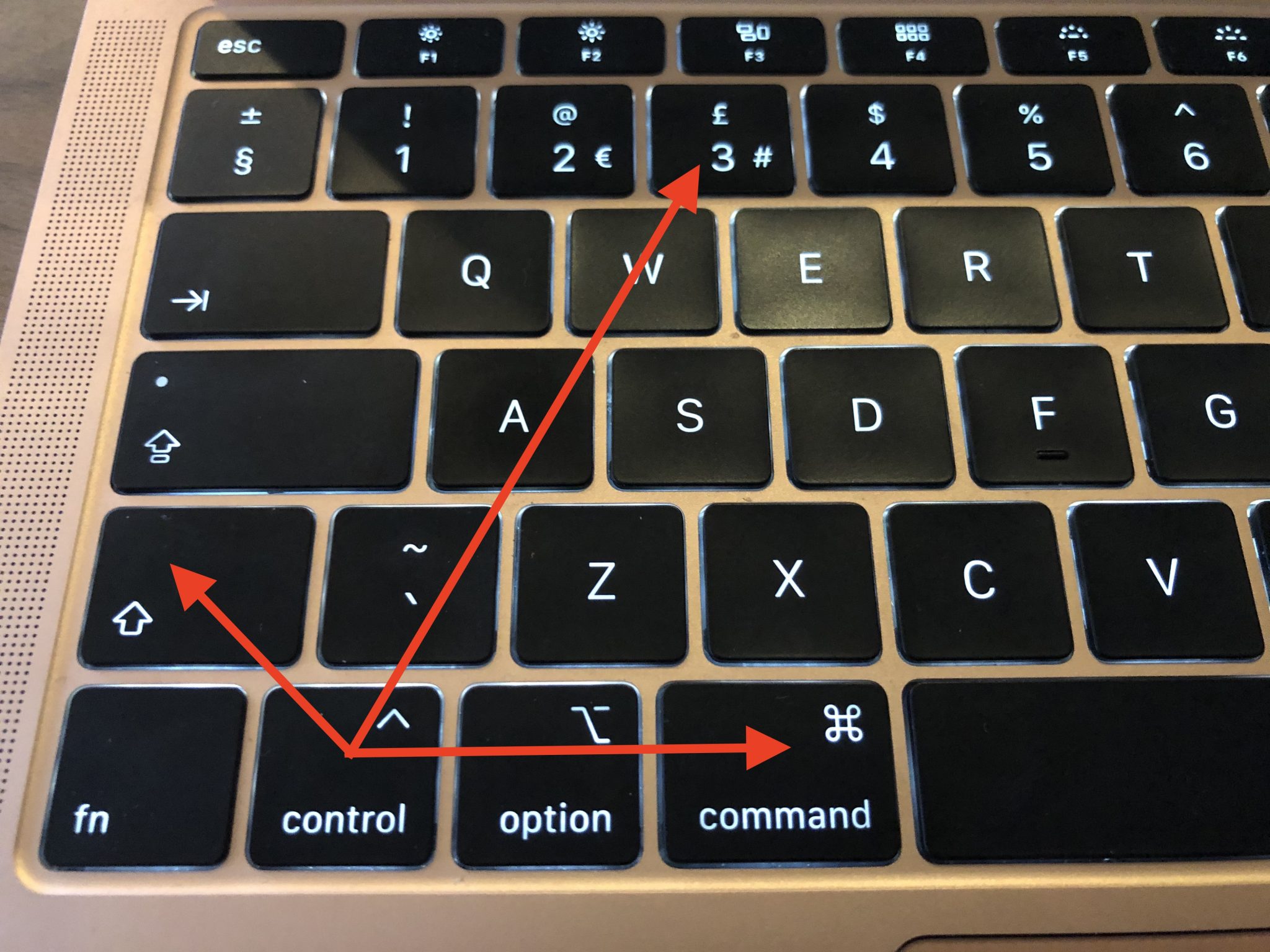
- #Display shortcut keys for mac how to
- #Display shortcut keys for mac full
- #Display shortcut keys for mac mac
- #Display shortcut keys for mac windows
#Display shortcut keys for mac mac

Option–Command–Power button* or Option–Command–Media Eject : Put your Mac to sleep.Press and hold for 1.5 seconds to put your Mac to sleep.* Continue holding to force your Mac to turn off. Power button: Press to turn on your Mac or wake it from sleep.
#Display shortcut keys for mac windows
What Is The Keyboard Shortcut For Minimize Windows This helps you to avoid using them unintentionally. You might need to press and hold some of these shortcuts for slightly longer than other shortcuts.
#Display shortcut keys for mac full
#Display shortcut keys for mac how to
Learn how to change a conflicting keyboard shortcut.) (If you use multiple input sources to type in different languages, these shortcuts change input sources instead of showing Spotlight. To perform a Spotlight search from a Finder window, press Command–Option–Space bar.

Command-X: Cut the selected item and copy it to the Clipboard.Cut, copy, paste, and other common shortcuts Minimize Shortcut Key To minimize a window after pressing 'Alt + Space', hit the 'N' key on the keyboard. To restore, or minimize a window, press 'Window + Down Arrow'.

Keyboard Shortcuts: Keyboard Shortcuts to minimize an open window, press 'Window + M'. To use these keys as F1, F2, F3, or other standard function keys, combine them with the Fn key. If these functions aren't available on your keyboard, you might be able to reproduce some of them by creating your own keyboard shortcuts. Some keys on some Apple keyboards have special symbols and functions, such as for display brightness, keyboard brightness, Mission Control, and more. On keyboards made for Windows PCs, use the Alt key instead of Option, and the Windows logo key instead of Command. You can also minimize all windows simultaneously so you can see the desktop. Minimizing hides a window from view, while maximizing enlarges the window so it occupies the largest possible area onscreen. It's easy to minimize or maximize a window using just your keyboard. To undo the minimize all windows, press Shift + Windows key + M. Minimize keyboard shortcut Users with a Windows keyboard can press Windows key + M at the same time to minimize all open windows. But, clicking on the taskbar is a faster way to minimize all windows. Keyboard shortcut to Maximize all Minimized Windows: 'Windows Key + Shift + M' Keyboard shortcut to Display the Desktop (Minimize and Maximize all Windows): 'Windows Key + D' Though, In Windows 10, keyboard shortcuts to take more time to do this task. Mac menus and keyboards often use symbols for certain keys, including modifier keys: For example, to use Command-C (copy), press and hold the Command key, then the C key, then release both keys. To use a keyboard shortcut, press and hold one or more modifier keys and then press the last key of the shortcut. What Is The Keyboard Shortcut For Minimize Windows.


 0 kommentar(er)
0 kommentar(er)
